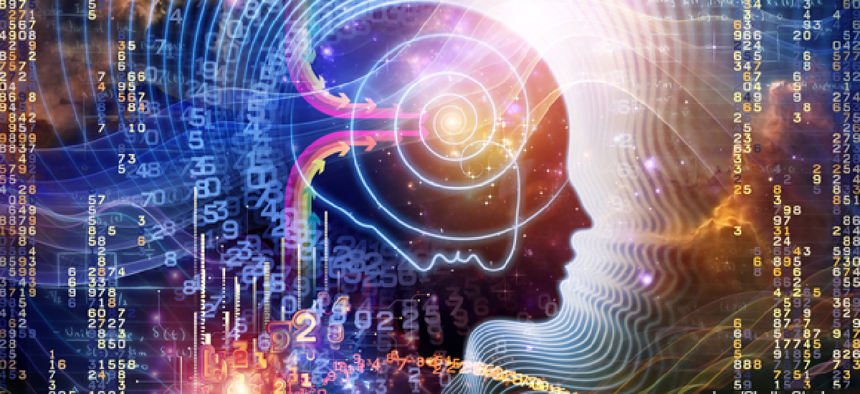DARPA to test devices that help restore memory


Connecting state and local government leaders
DARPA researchers aim to develop 'neuroprosthetics,' implantable wireless interfaces to help restore memory to victims of traumatic brain injury.
DARPA is ramping up a program that aims to produce wireless, implantable “neuroprosthetic” devices that can help military service members and veterans overcome memory problems caused by traumatic brain injury (TBI) or other diseases.
To spur the effort, the agency has picked the University of Pennsylvania and the University of California at Los Angeles to lead its Restoring Active Memory (RAM) program. Researchers there will help develop and test interfaces that can sense memory deficits caused by injury and try to restore normal function.
DARPA also has a cooperative agreement Lawrence Livermore National Laboratory to develop an implantable neural device for the UCLA effort.
The teams aim to test wireless, fully implantable neural-interface medical devices that can serve as neuroprosthetics, technology that can bridge gaps that interfere with the ability “to encode new memories or retrieve old ones.”
The project will start with building multiscale computational models with high resolution that show how neurons code “declarative” memories, which are well-defined parcels of knowledge such as events, times and places.
The teams will also research methods for analyzing neural signals to understand how focused stimulation might be applied to help the brain reestablish an ability to encode new memories following brain injury.
Building on this work, researchers will attempt to integrate their computational models developed into implantable, closed-loop systems capable of delivering targeted neural stimulation that may help restore memory function.
“Anyone who has witnessed the effects of memory loss in another person knows its toll and how few options are available to treat it,” said DARPA program manager Justin Sanchez. “We’re going to apply the knowledge and understanding gained in RAM to develop new options for treatment through technology.”
The UCLA team will focus on a portion of the brain known as the entorhinal area, which plays a crucial role in transforming daily experience into lasting memories. UCLA researchers previously showed that human memory could be facilitated by stimulating that region of the brain.
After developing an advanced, new wireless neuromodulation device – featuring 10-times smaller size and much higher spatial resolution than existing devices – the UCLA team will implant devices into the entorhinal area and hippocampus of patients with traumatic brain injury.
The Penn team’s approach is based on an understanding that memory is the result of complex interactions among widespread brain regions. Researchers will study neurosurgical patients who have electrodes implanted in multiple areas of their brains for the treatment of various neurological conditions.
By recording neural activity from these electrodes as patients play computer-based memory games, the researchers will measure “biomarkers” of successful memory function – patterns of activity that occur in formation of new memories and the retrieval of old ones. Researchers could then use those models and a novel neural stimulation and monitoring system – being developed in partnership with Medtronic—to restore brain memory function.
TBI is a serious cause of disability in the United States. It has been diagnosed in more than 270,000 military service members since 2000 and affects an estimated 1.7 million U.S. civilians each year, according to DARPA.




